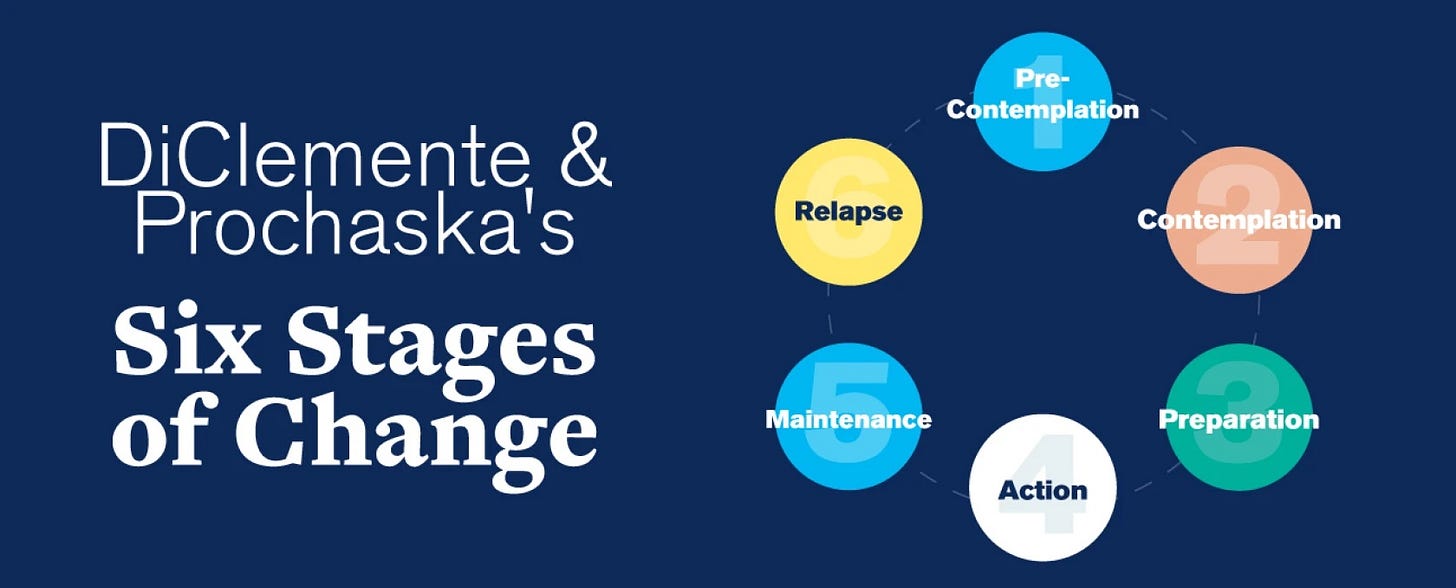Welcome to CBT4T Substack
CBT4T Substack - The Basics
Just a short post to start with, to give you an overview of the CBT4T Substack
1. Why I started this Substack
In recent years, a number of people including psychotherapy colleagues with an interest in tinnitus - some having tinnitus themselves and have used the CBT4T programme for themselves - here’s a great example, hearing therapists, audiologists and indeed, numerous patients and users of the CBT4T programme, have asked:
“When are you going to write a book about this?”
My answer is always the same: “As soon as it’s published, it will be out of date!”
Just as I do with the CBT4T programme itself, the great thing about running a Substack is I can keep everything up-to-date!
2. Who is CBT4T Substack for?
For you if you are considering CBT4T enrolment yourself
For you if you have a professional, helping, supporting or advising role with people with troublesome tinnitus
Even for you if you are already enrolled on CBT4T
3. What’s included in CBT4T Substack?
A mix of content including (though not limited to):
CBT4T back-stories - some common, some less common - real experiences of “what changed” for CBT4T programme Users
Why having some understanding of neuroscience (particularly brain plasticity), trauma, polyvagal theory, and elements of consciousness studies integrated in to the CBT4T programme process significantly impacts the effectiveness for users of the programme
Answers to commonly asked questions – some you might have thought about, some you might not!
As time progresses, I expect to be covering many aspects of the component parts of the bespoke CBT4T programme process.
4. Become a CBT4T Substack Subscriber
Subscription to this Substack is free. As a Subscriber, new content uploaded to the Substack will also arrive in your email Inbox. The CBT4T Substack is for anyone with an interest in understanding more about how the bespoke CBT in the CBT4T programme, elements of neuroscience (particularly that related to brain plasticity), consciousness studies, trauma and polyvagal theory that all contribute to the CBT4T programme helps people change how they deal with tinnitus.
As well as there being plenty of room for your comments on published posts/articles that are available in your Substack Inbox, there is also “Chat” that some Substacks make use of, and others don’t. A popular way of using the Substack Chat is for topic suggestions, and I encourage you to use the Chat to suggest ideas for new editorial content.
5. Where to find the CBT4T course
The CBT4T programme/course site: https://courses.tinnituseprogram.org
View the programme outline, and choose your enrolment to include ONE, TWO or SIX (Enhanced Support enrolment) one-to-one appointments (appointments are carried out using Zoom)
Course content - Introduction sections are previewable - is the same for each enrolment type
6. Some helpful links
View CBT4T with ONE appointment https://courses.tinnituseprogram.org/cbt4t2025-1app
View CBT4T with TWO appointments https://courses.tinnituseprogram.org/cbt4t-2025
View CBT4T (Enhanced Support) with SIX appointments https://courses.tinnituseprogram.org/cbt4t2025-enhanced
Feedback/Reviews from CBT4T users www.tinnituseprogram.org/reviews.html
Case Study www.tinnituseprogram.org/case-study.html
Information website www.tinnituseprogram.org
7. The best thing you can do before enrolling?
Complete your Tinnitus Functional Index (TFI):
8. Links if you have a professional, helping, supporting or advising role with people with troublesome tinnitus
Audiologists & Hearing Therapists: CBT for Tinnitus Distress
Tinnitus support/advising role: CBT for Tinnitus E-Programme for Advisors
9. Brief History of CBT4T
CBT4T began its online life in 2009 as the Tinnitus E-Programme:
2009-2018 Tinnitus E-Programme: Internet-based, self-directed 6 module programme of tinnitus management. Suitable for up to mid-moderate tinnitus distress (Tinnitus Handicap Inventory/THI category 3: 38-56%)
2018-July 2020 Tinnitus E-Programme: Internet-based, therapist-supported 6 module programme of tinnitus management. Suitable for up to mid-moderate tinnitus distress (TFI/THI category 3)
July 2020-present CBT for Tinnitus E-Programme – became CBT4T in 2024: Internet-based, therapist-supported comprehensive staged-programme using Cognitive Behaviour Therapy, specially developed for those with a Tinnitus Functional Index (TFI) category 5 (73-100%) and category 4 (54-72%). Also suitable for those with a TFI mid-max category 3. Full range of TFI category 3: 32-53%
The current (April 2025) programme is the 5th version, the programme having been updated/revised annually. The most recent version is CBT4T 2025 rolled out on 19th December 2024.




